Kvetching across a variety of social media platforms began shortly after the list of 75 contemporary Memphis-area artists collected in the Dixon Gallery & Gardens’ ambitious “Present Tense” exhibit was made available online. Not only did artists who’d been overlooked begin to wonder why exactly they’d been overlooked, but artists who made the cut also wondered publicly what unique thing they had that so many of their gifted but unchosen friends didn’t have. The questions and complaints put forward by area artists, both celebrated and snubbed, perfectly echoed those of the show’s own guest curator John Weeden, who had initially imagined the already epic “Present Tense” as a much larger undertaking.
“My first proposal for ‘Present Tense’ — my first ridiculous, non-possible, stupid, could-never-be done proposal — included three times as many artists and over 1,000 individual works,” Weeden says. “Of course, something of that scale is completely preposterous, absurd, and it’s never going to happen. There’s simply not a space big enough to make it happen. Or even if there was a space, there’s not enough time for anyone to take it all in. But the point is, it was all there. The artists are there. The work is there. It was all right there.”
Kevin Sharp, the Dixon’s executive director, gets Weeden’s point. And while he agrees that the initial proposal may have been a little over the top, in the same breath, he acknowledges that the sheer volume of quality work produced by contemporary artists in Memphis practically guarantees that the Dixon will eventually host a “Present Tense 2.” As it stands now, the exhibit will showcase more than 100 works, including bronze sculpture, oil paintings, watercolors, photography, video art, collage, and environmental installations. The assembled artists’ aims range from the purely ornamental to the political, conceptual, and personal.
Memphis’ potential as an international arts city hasn’t gone unnoticed. In 2011, Flavorpill.com, an online city guide with a keen eye for culture, posed an intriguing question: Where are all of the young struggling artists going now that they’ve been priced out of trendier creative capitals like Melbourne, New York, Barcelona, and “all of those other city enclaves that promised low-rent and lots of encouragement”? Although visual arts may not be the first thing most people think of when they think of Memphis, the Bluff City made Flavorpill’s international list of up-and-coming cities, alongside Dresden, Brussels, São Paulo, Jakarta, Las Vegas, and Montreal.
“No medium is too weird for Memphis,” the article’s author concluded, following a brief but ringing endorsement that covered everything from barbecue and blues to some of the city’s most intriguing examples of guerilla art.
Weeden, the principal consultant at Vita Brevis Arts Bureau and a former director of Memphis’ UrbanArts Commission, wasn’t the least bit surprised to see his hometown on Flavorpill’s short-list. The Rhodes alum, who did his postgraduate studies in London at Sotheby’s Institute of Art, describes his city of birth and choice as a contradictory place filled with “grace and grit” and known around the world for “uninhibited creative authenticity.” That’s rock, and that’s soul.
“More than any other form, visual art has the potential to establish Memphis as a cultural capital on the world stage in the 21st century,” Weeden says. “People need to know how many amazing artists there are here. And those artists need a platform. There just aren’t enough venues of rigor and serious practice here. And there’s not a strong enough collecting culture either. So our artists make their living on a combination of commissions and commercial work, or they are partnered with galleries in other cities, or maybe they are working three jobs and painting in their garage in order to put on an occasional show at Otherlands.”
While director of the UAC, Weeden was dedicated to creating more professional opportunities for local artists, and he believes that Memphians will begin to understand just how culturally rich their environment is as more of those high-profile public works come online over the next 10 years.
“There’s an absolute masterpiece by Jeffrey Unthank that will be unveiled on James Road soon,” Weeden says of a several-thousand-square-foot mural project inspired by the history of the neighborhood.
Strong college and university programs have helped attract young creatives to Memphis, but why would they ever settle in a place missing all the vital components Weeden describes?
“Being an artist in Memphis is like being on a roller coaster,” says Jan Hankins, a masterful painter whose large works are often inspired by geopolitical issues and Southern culture. The “horns of the apocalypse” in the upper-right-hand corner of 9-1-1, Hankins’ darkly comic contribution to “Present Tense,” were modeled after the Dixie-playing car horns popularized by the hit ’80s TV show The Dukes of Hazzard.
Roy Tamboli, an artist with four bronze sculptures in “Present Tense,” agrees with Hankins’ assessment. “This is not an easy place for an artist to make a living,” he says. But Tamboli, who keeps his studio in a spacious repurposed garage on Madison Avenue, also thinks the city offers limitless inspiration and a few practical advantages. “In any other place I’d want to live, this kind of studio space either doesn’t exist, or it’s not affordable,” he says.
Photographer Tam Tran, who was born in South Vietnam, says she doesn’t really identify as an artist, although her work was selected to appear in the 2010 Whitney Biennial and the National Portrait Gallery’s “Portraiture Now” exhibit. “I work pretty much full-time doing graphic design,” she says. Tran primarily uses herself as a model, because, as a serious hobbyist, she tends to be impulsive, taking art pictures when she’s free and when the spirit moves her.
“It doesn’t matter where you live,” says Malaysian-born artist Kong Wee Pang, whose large-scale watercolors painted on water-resistant materials are gorgeous studies in whimsy and transformation. Pang, an art director for archer>malmo, says people find her on the internet. In recent years, she has been exhibited in Memphis, Rome, and Barcelona.
Alex “Warble” Harrison, a musician, animator, and illustrator with an instantly recognizable anthropomorphic style, says he’s thankful for all the commercial work that comes his way. Harrison has also found a measure of success on the Internet. “Thankfully, lately I have been selling more from my Etsy shop and shipping my art all over the world,” he says. “My ‘naked air guitar/multi-Elvis’ piece stayed up for two hours and someone bought it.”
“Present Tense” isn’t an entirely unprecedented event. The Dixon has been increasingly supportive of regional talent, and by originating exhibits like 2012’s “Modern Dialect” (an eye-opening alternative history of American art in the 20th century), the museum has shown an eagerness to celebrate not only the acknowledged masters of Impressionism but a great variety of exciting artists who have fallen through history’s cracks.
The Brooks Museum of Art regularly showcases regional artists and collectors. In the 1990s, Leslie Luebbers of the Art Museum of the University of Memphis, partnered with James Patterson and Delta Axis to produce the impressive but short-lived MAX Biennial series. Over the years, various other artists and upstarts have opened and closed a number of indie exhibits showcasing underappreciated talent on the Memphis scene. What sets “Present Tense” apart from previous efforts is a combination of size, purpose, and provenance.
“It occupies the entire building and garden,” says Sharp, who has been occupied with the task of preparing the Dixon’s permanent collection for a tour. He wasn’t sure how all the pieces were going to fit together in the allotted space. “Of course, all the artists wanted to be represented by a major work,” he adds, with mock exasperation.
Sharp says he wanted the Dixon to do something more interesting than a simple survey of contemporary local art. He wanted to dig in and tell the story of visual Memphis in the first decade of the 21st century. But by juxtaposing the works of so many teachers with mature pieces by their students and by including influential alt-culture builders like sculptor John McIntire, who opened the Bitter Lemon coffee house in the1960s, and his more conceptual counterpart, Tommy Foster, who, a few decades later, launched the Pyramid Club and Java Cabana, Weeden has managed to tell a much bigger, intergenerational story about landscape and legacy.
Teacher, painter, and collage artist David Hall says he’s honored to be in a show alongside mentors such as abstract painter Dick Knowles and sculptor Greely Myatt. “They were both strong influences on me,” Hall says, recalling how Myatt’s good humor and use of recycled materials captured the imagination of a young student with little interest in sculpture. “I really liked how Greely recycled things,” Hall says. “And you can tell, because in the last 20 years I’ve hardly bought any paint or traditional materials.”
Hall, a former art critic for the Flyer, is a solid example of what Weeden describes when he talks about his desire to include artists who’ve tried to “shake things up.” Hall has organized several exhibits showing the depth and breadth of Memphis’ arts community, while underscoring the economic realities of being an artist in Memphis. His latest effort, the Bottom Feeders art auction, which opens at Allie Cat Arts in Cooper-Young the same night “Present Tense” opens at the Dixon, showcases 30 area artists and criticizes the culture of charity art auctions by assuring buyers that 100 percent of this auction’s proceeds will be donated to the people who created the work.
“Lord save me from more exposure,” says Lurlynn Franklin, one of several artists participating in both “Present Tense” and the Bottom Feeders auction. Exposure, she explains, is the dubious currency offered in exchange for work donated to an endless string of charity art auctions. Franklin’s work in “Present Tense” uses Southern icons such as Scarlett O’Hara and Colonel Sanders to comment on race and class in the American South.
“Artists are known for improving neighborhoods,” Weeden says, considering the impressive contributions of the artists he’s assembled for “Present Tense.” Lurlynn Franklin’s bright rotunda mosaic is a point of pride for Downtown Elementary School, and Nancy Cheairs’ colorful trees form an enchanted gateway to the children’s section of the Central Library. Greely Myatt, Don Estes, and Terri Jones all lived and worked on South Main before it was ever officially an arts district. The Jay Etkin Gallery was an important early tenant in the Cooper-Young and South Main neighborhoods. Pinkney Herbert and Meikle Gardner devoted themselves to the Edge, and Hamlett Dobbins’ Material gallery has been a launch pad for the Broad Avenue comeback. Taken as a whole, the “Present Tense” roster makes a strong case for the relationship between creative types and successful urban regeneration.
Tamboli thinks his work looks “at home” at the Dixon. He says he likes museum shows because people are allowed to enjoy the beauty in the energy of the art without “the distraction of commerce.” Weeden says that’s the whole point.
“Museum exhibitions are done for the purpose of cultural enlightenment,” Weeden says. “If it’s in a museum, it’s deemed important enough to consider.”
“Present Tense” opens at the Dixon Gallery and Gardens Sunday, February 3rd, and runs through Sunday, April 14th. dixon.org
The artists of “Present Tense”:
Veda Reed, George Hunt, John McIntire, Hamlett Dobbins, Huger Foote,
Lamar Sorrento, Don Estes, Jan Hankins, Lurlynn Franklin,
Meikle Gardner, Nikki S. Lee, Colin McLain, Larry Edwards,
Melissa Dunn, NJ Woods, Paul Graham, Pinkney Herbert,
Richard Knowles, Wayne Edge, Fred Burton, Beth Edwards, Brian Bishop, John Torina, Phyllis Boger, Susan Maakestad, Twin, Nancy Cheairs,
Terri Jones, David Hall, Christian Patterson, Grier Edmundson,
Ian Lemmonds, James Clar, Joyce Gingold, Tommy Foster, Maritza Davila, Anne Davey, Bobby Spillman, Declan Clarke, Greely Myatt,
Kong Wee Pang, Robert Riseling, Tad Lauritzen Wright, Anthony Lee, Dolph Smith, Maysey Craddock, Jared Small, Roy Tamboli, Jed Jackson,
Edwin McSwine, John Robinette, Matt Ducklo, Morris Howard, Pixy Liao, Tam Tran, Frank D. Robinson, Jay Etkin, Jeri Ledbetter,
Margaret Munz-Losch, Mary Catherine Floyd, Ben Butler, Carl Moore, Chuck Johnson, Claire Torina, Eli Gold, Jay Crum, Alex “Warble” Harrison, Derrick Dent, Elizabeth Alley, Erin Harmon, Freida Hamm, Nick Pena, Amanda Sparks, Andrew James Williams, Dwayne Butcher, Laurel Sucsy, Cat Pena, and Lester Merriwether.
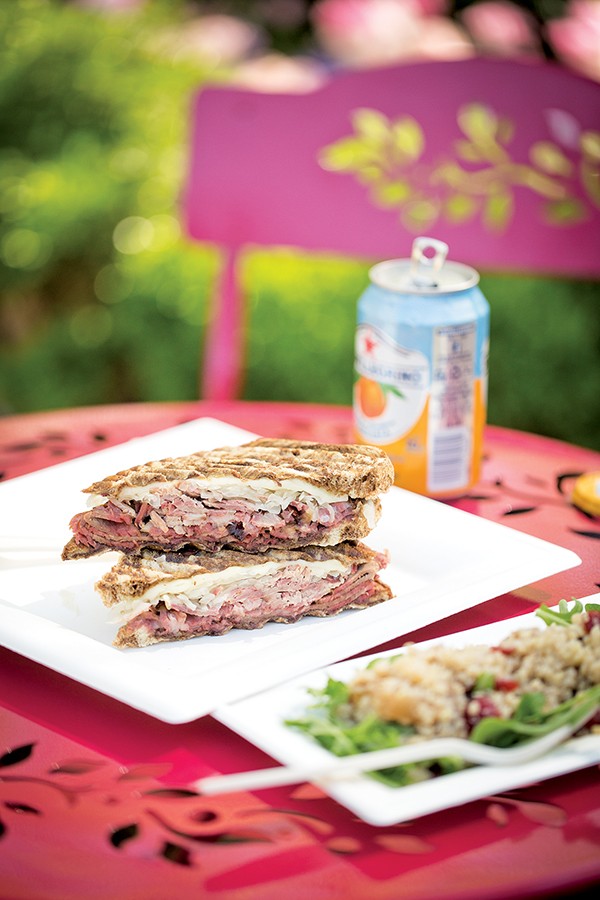
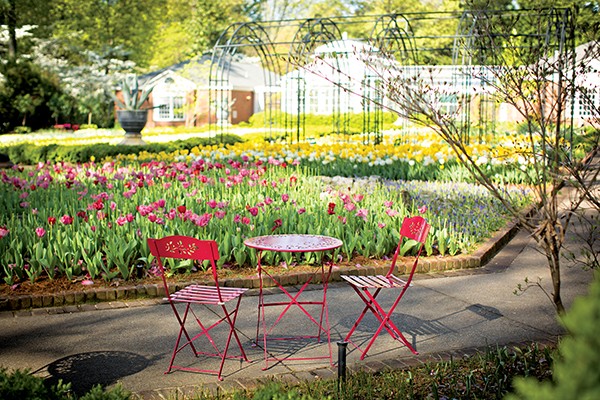
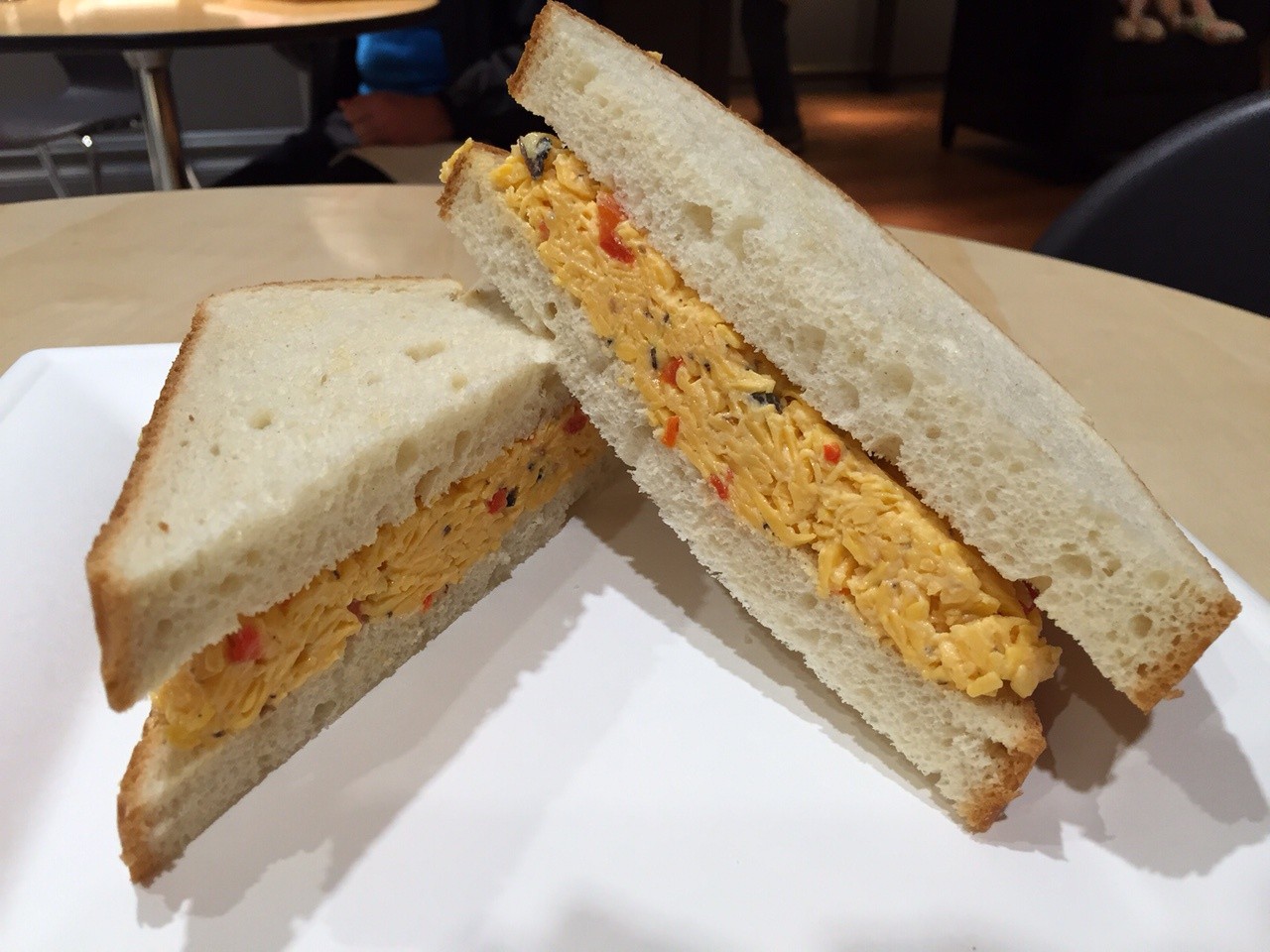



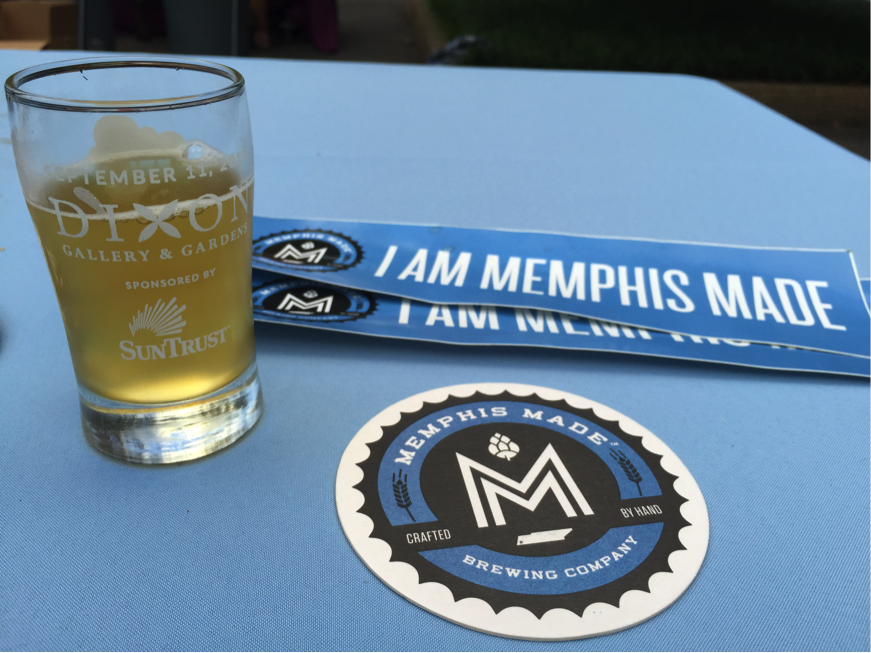
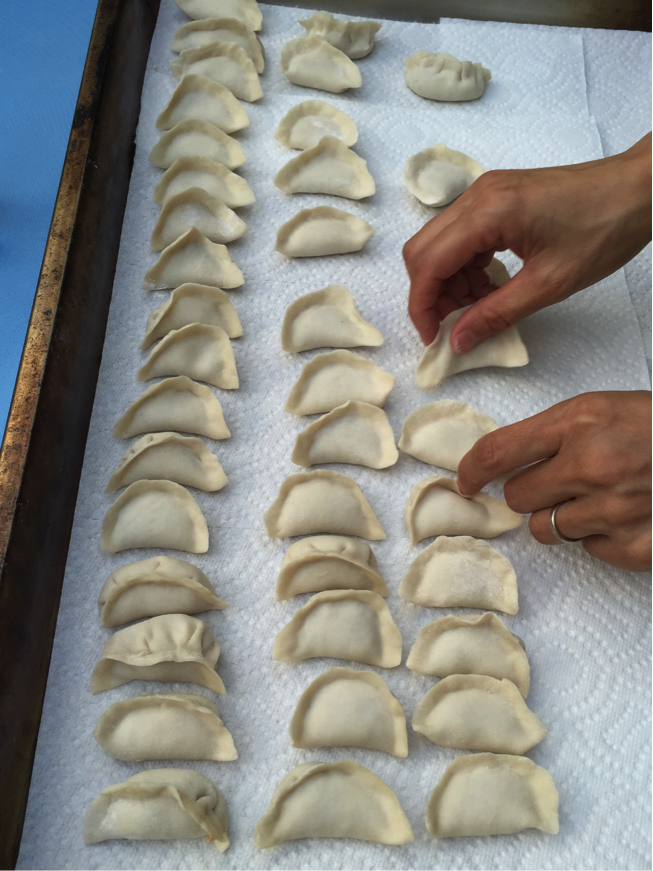
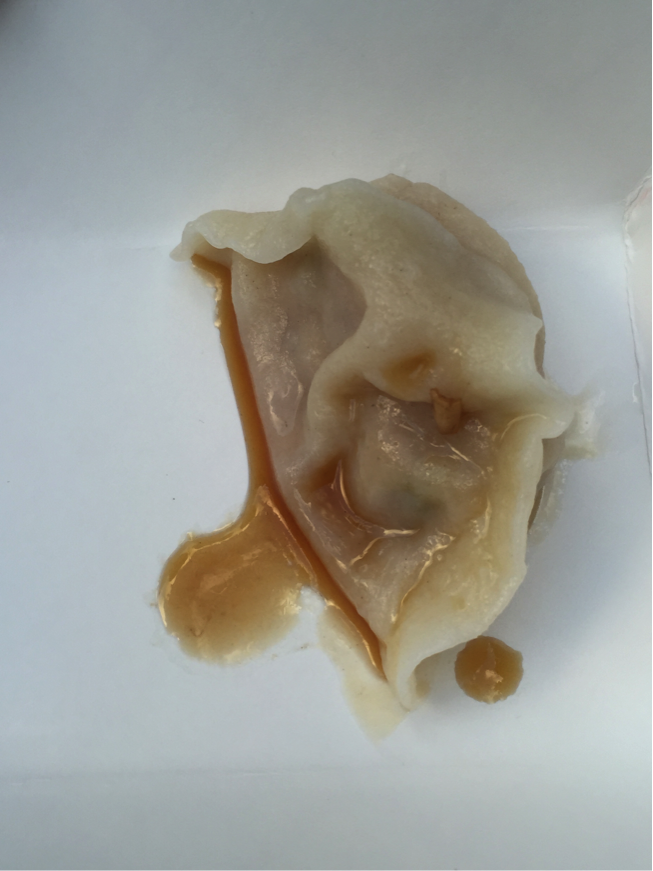

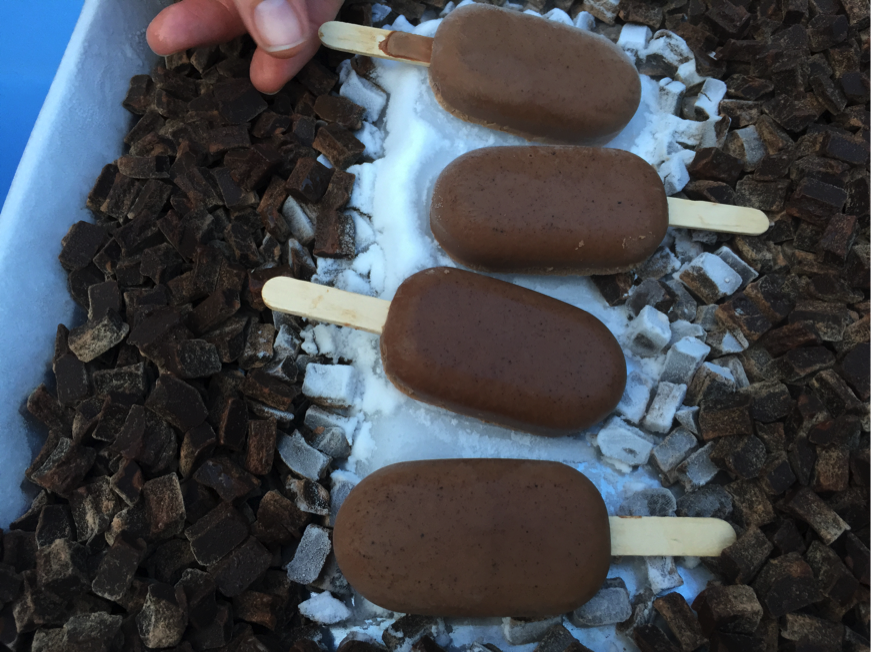

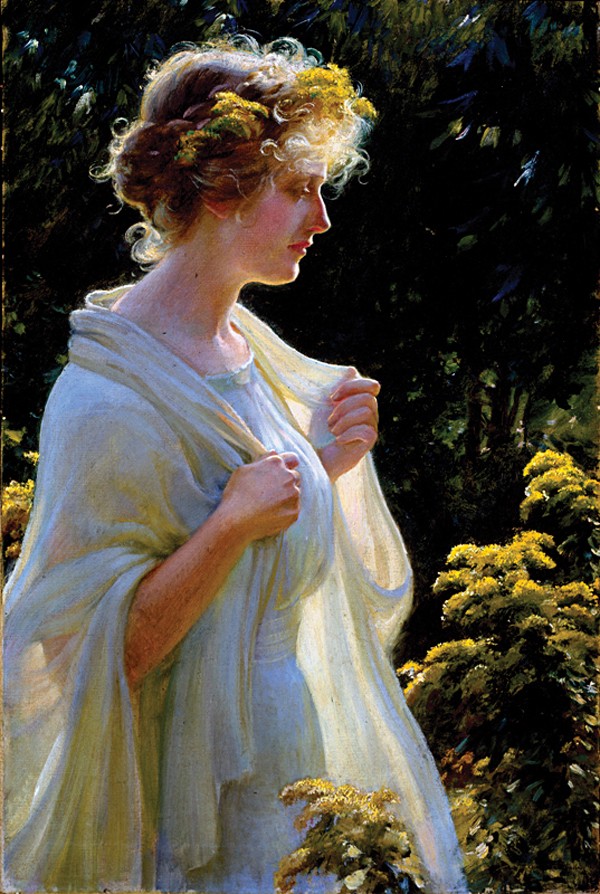 Norton Museum of Art, West Palm Beach, Florida, Gift of Mr. and Mrs. Wiley R. Reynolds, Sr.
Norton Museum of Art, West Palm Beach, Florida, Gift of Mr. and Mrs. Wiley R. Reynolds, Sr. 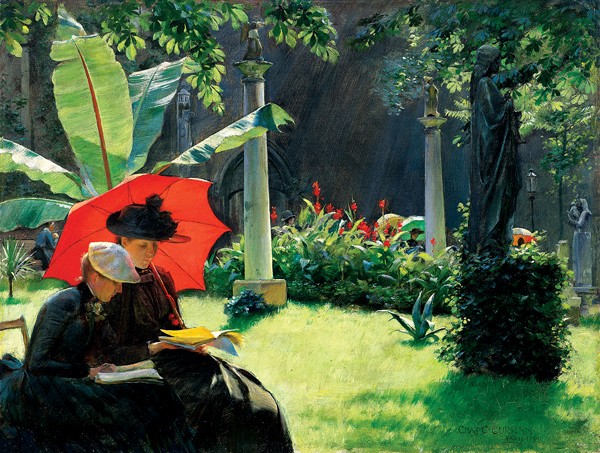 Fine Arts Museums of San Francisco, Bequest of Constance Coleman Richardson
Fine Arts Museums of San Francisco, Bequest of Constance Coleman Richardson 